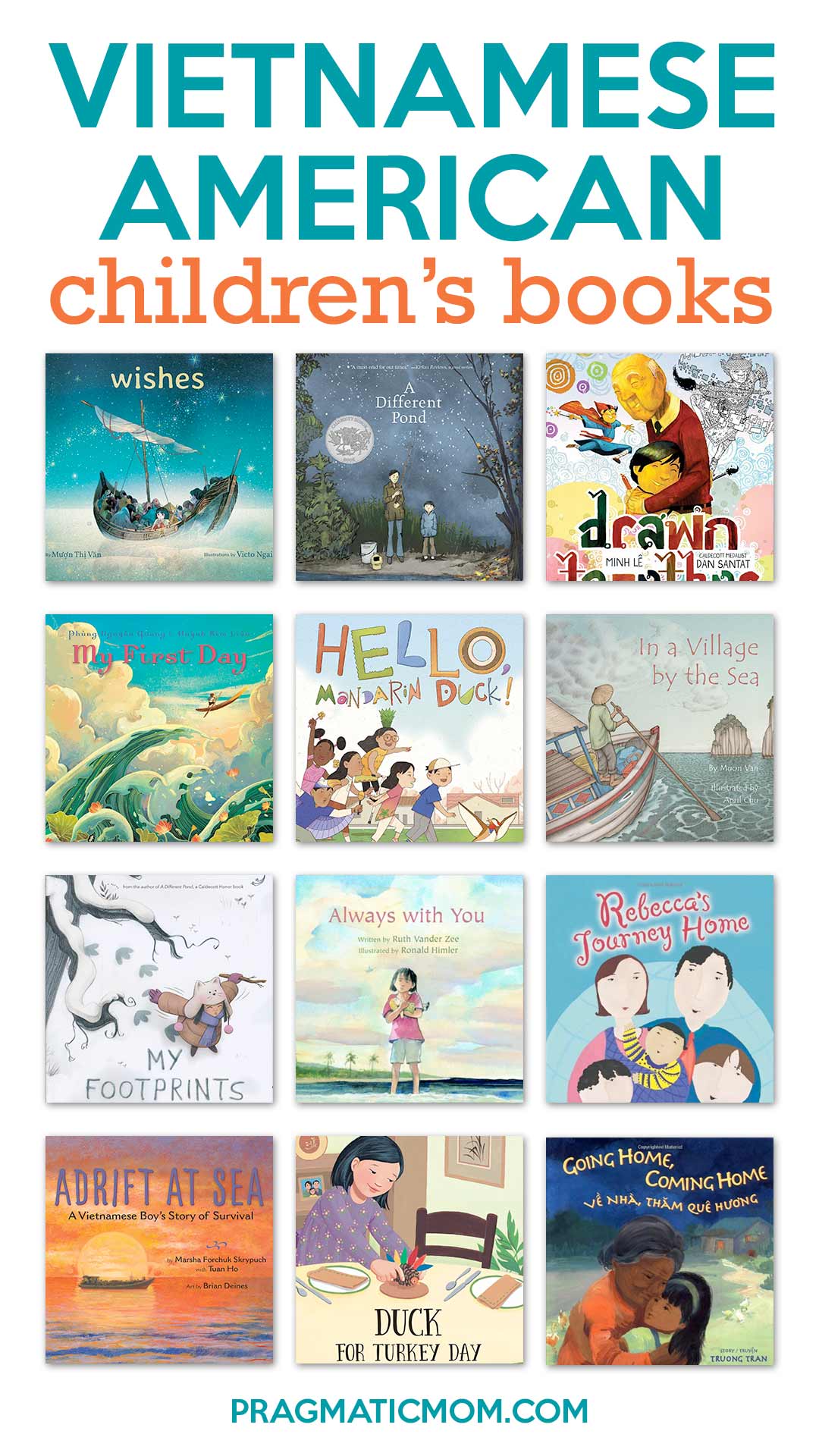Traditional Vietnamese music is a rich source of poetic words and themes. The musician often transcribes poems into songs and keeps the poetic meaning intact.
Ho and ly folk music describe the everyday life of ordinary people. Their music transports us to a modest world full of stories. Moreover, they have a universal appeal.
Connection
Vietnamese music conveys a nation’s culture, tradition, and history. It also tells tales of people and their lives in a way that will always be relevant. During the two revolutionary wars, songs about the conflict offered troops a means to start making sense of things that didn’t make much sense at the time.
The music and poetry of Vietnam span a wide variety of styles, from traditional court music to folk songs and sung poems. Some of the most popular genres include cai luong, hat chau van, and xam singing.
These music genres reflect the daily life of ordinary citizens and their aspirations for a peaceful life. They are an invaluable cultural treasure for a modern Vietnam that embraces its rich traditions. They also serve as a reminder of the hardships that the nation faced in the past and of its resilience in the face of adversity.
Harmony
Chau van is a unique genre of Vietnamese music that’s deeply connected to the country’s spirituality. This genre is a musical bridge between the earthly and divine, expressing life lessons, love for family and country, and respect for national heroes through song and instruments.
Like poetry in English, Vietnamese verse is rhymed. However, unlike the metrical Soan van 12 rules in most European languages, Vietnamese rhyme is often based on tone class, with syllables matching only when they have the same initial consonant and identical vowels.
Cai luong is an important form of Vietnamese traditional music that combines old folk tunes with classical melodies and modern influences. Its performance is lively and accompanied by traditional instruments such as dan nguyet (moon lute) and dan tranh (zither). It tells stories that are close to the hearts of the people.
Cultural significance
The arts have evolved as the Vietnamese culture developed. Early folk literature, mainly preserved in the oral form until now, tells stories about cultural icons or gods and goddesses. The use of rhyme, similar to Chinese and European languages, distinguishes Vietnamese poetry.
Music and theater also emerged at this time. Among the most distinctive arts is water puppetry, which developed on flooded rice paddies in the 12th century. Its performers move wooden puppets floating on water with sticks. Chinese opera, known as hat tuong in Vietnam, was popular from the 13th century onwards.
A complex form of sung poetry called ca tru was once a hugely popular art, filling courts and drawing crowds to singing contests. It is now being kept alive by a few elderly singers and has been inscribed on the list of Intangible Cultural Heritage in Need of Urgent Safeguarding.
Evolution
The development of Vietnamese music and poetry has been influenced by the culture around it. The music is a crystallization of creative art and has been preserved over generations. It is also a lively illustration of the nation’s character.
The traditional musical genres of Vietnam are based on the different ethnic cultures. For example, ho and ly folk music arose from the Red River Delta in Northern Vietnam and features sung poems that are accompanied by zither and Vietnamese monochord.
Hue royal court music is a highly refined art form that was developed during the Nguyen dynasty and has been recognized as an intangible world cultural heritage by UNESCO. This music is played with a variety of traditional instruments like the zither and the moon lute here https://bancanbiet.vn/.
Cultural preservation
Music plays a huge part in Vietnamese culture. It’s not just a form of entertainment but also a way to preserve traditions and history.
Vietnam’s folk songs are filled with life lessons, such as respect for parents and love for the homeland. They also promote the importance of honesty and a good heart.
The country’s 8 forms of traditional music have been recognized by UNESCO as intangible cultural heritage. These include Quan Ho singing, Hue royal court music, ca tru, hat xam and bai choi singing.
Moreover, each ethnic group in Vietnam has its own traditional music and different musical instruments. For instance, the Montagnard people croon their children to sleep with lullabies that are different from those of the Kinh and the Muong.


